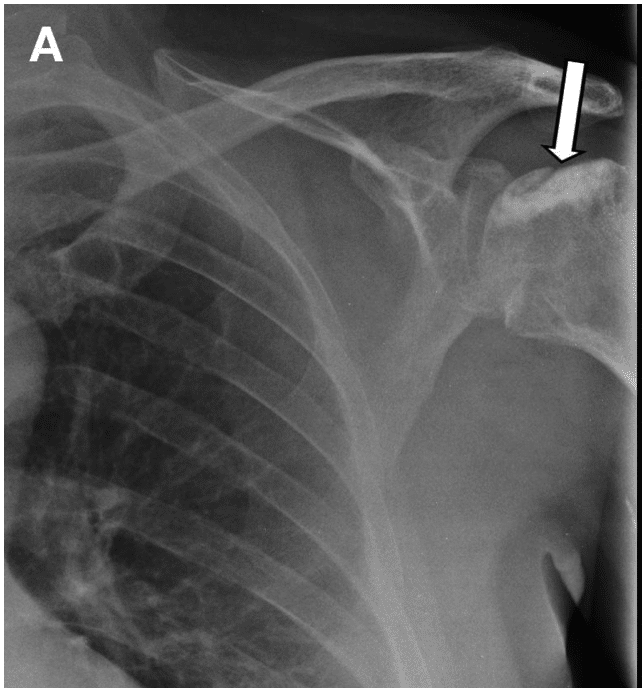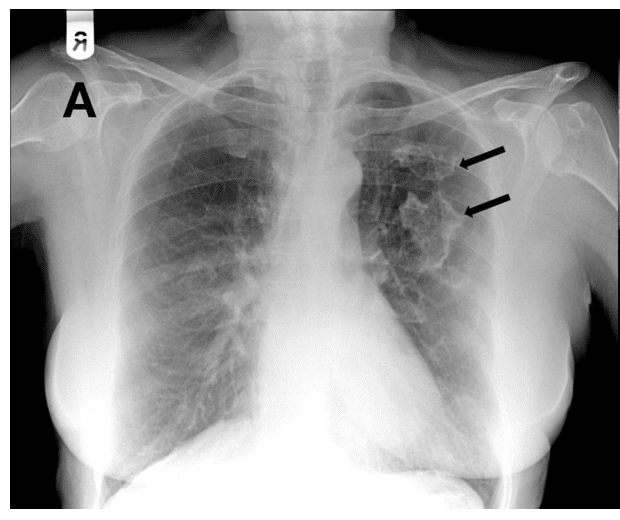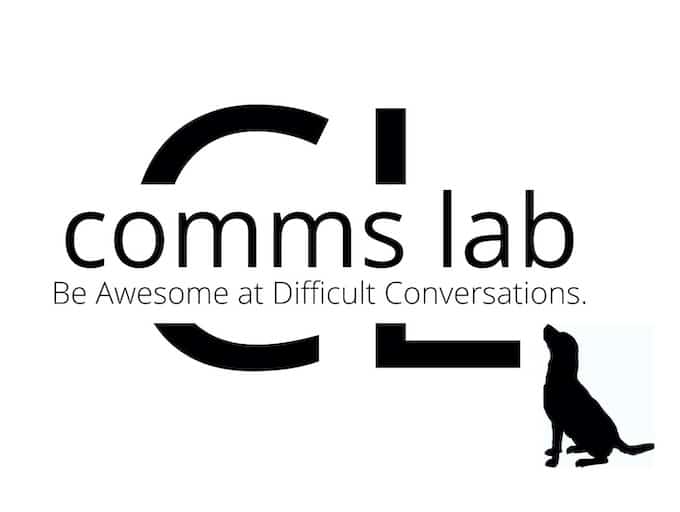Merry Funtabulously Frivolous Friday Five 343
Just when you thought your brain could unwind on a Friday, you realise that it would rather be challenged with some good old fashioned medical trivia FFFF, introducing the Funtabulously Frivolous Friday Five 343 – Christmas edition.
This year’s festivities are brought to you via a very festive group of radiologists. I thought we had used these images before but alas the egg nog must have been too strong and I forgot to press publish. Enjoy this year’s X-ray-mas from: Wiles RJ, Gulati A, Dwivedi R, Avula S, Curtis J and Abernethy L. We wish you a merry x-ray-mas: Christmas signs in radiology. BMJ, 2013; 347:
Don’t forget to explore Previous FFFF XMAS editions…072 – 131 – 170 – 219 – 264 – 302 – 330
Question 1
Father Christmas had a bit of a fall last year down your chimney. Fortunately, you heard the wails and topped him up with a good dose of whisky before seeing he had an obvious dislocation. You were able to slickly reduce it via your favourite method – this time of year, what else than the Inuit method. Unbeknown to you there was a nasty humeral head fracture. Nothing to fear as Father Christmas heals rapidly – well what else is he up to all year but convalescing.
He sends you his follow up Xray.
What sign do you see with the helpful arrow?
Reveal the funtabulous answer
Snowcap sign

(B) This has been likened to the appearance of a snow capped mountain BMJ 2013
Fractures and certainly post ORIF can place a patient at risk of avascular necrosis. AVN has four phases, avascular, revascularization, repair and deformity phases. In the repair phase, osteoblasts lead to new bone formation and appears as sclerosis on the superior surface of the humeral or femoral head.
Question 2
While doing a sabbatical in the North Pole hospital you are called to the NICU as one of the elves has just given birth to a new baby on the 24th. Named Eve, of course, you congratulate the happy couple but quickly see that Eve looks hypoxic. You apply oxygen and it makes no difference, sats are still 85%.
A portable chest x-ray is ordered and you spot a clue to the diagnosis.
What condition does this newborn have?

Reveal the funtabulous answer
Snowman sign
Observed in total anomalous pulmonary venous return (TAPVR).

(B) The vertical vein makes up the shadow that corresponds to the left side of the snowman’s head, the superior vena cava forms the right. BMJ 2013
The classic cardiac outline is seen in type 1 TAPVR with a widened superior mediastinal contour. The right side of the snowman’s head is formed by the dilated superior vena cava and the left side of the head by the vertical vein. The snowman’s body is the right atrium.
In the type I variation, the pulmonary veins don’t drain into the left atrium but into an anomalous ‘verticle vein’ which then drains into the superior vena cava via a couple of anatomical variations. The only way oxygenated and deoxygenated blood can make it back around to the left side is if there is a shunt e.g. ASD or VSD.
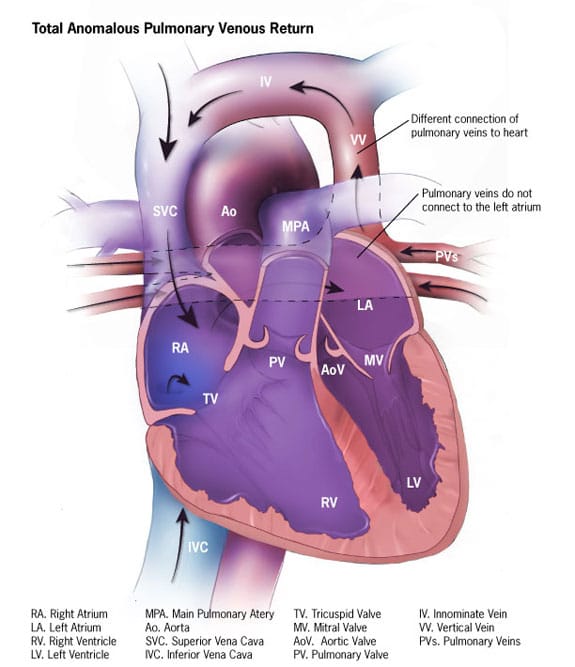
The three different types are:
- Supracardiac– as described above.
- Cardiac – In cardiac TAPVR, the pulmonary veins meet behind the heart and connect to the right atrium.
- Infracardiac – In infracardiac TAPVR, the pulmonary veins come together and form abnormal connections below the heart. A mixture of oxygen-poor blood and oxygen-rich blood returns to the right atrium from the veins of the liver and the inferior vena cava.
Now if only Father Christmas would gift you a POCUS you could confirm the diagnosis.
Question 3
There is always one in the family. You know the one, that always has to outdo everyone. Not satisfied with the compulsory family photo with the knitted Christmas jumpers, your 65yr old Aunt has gone to the extreme, she wanted part of her body to be festive. She knew this day would come, so spent 6 months removing asbestosis from a roof, 20 years ago.
What festive sign has she managed to acquire on her chest x-ray?
Reveal the funtabulous answer
Holly Leaf sign.

(B) The irregular edge of the pleural plaque resembles the pointed leaves of the holly leaf BMJ 2013
Question 4
Grand Santa comes you with complaints of a runny nose all winter. After the 6th visit, you give in and provide him with a festive script. What better drug than polaramine. It’s even got polar in the name which he likes. Grand Santa comes back to you complaining now of difficulty urinating, he doesn’t seem to be able to empty his bladder despite going multiple times in the day and having bladder spasms
What sign is seen in Grand Santa’s bladder on the following IV urogram?
Reveal the funtabulous answer
Christmas tree bladder.

(B) The bladder appearance has been likened to that of a Christmas tree owing to the elongated shape and the diverticuli representing the branches of the tree BMJ 2013
Christmas tree bladder is seen in those with a neurogenic bladder, typically those with a tethered cord, cerebral palsy or acquired cord injuries. Medication is usually not implicated but the elderly can get bladder diverticula secondary to outflow obstruction from BPH, which Grand Santa undoubtedly has. It was just the polaramine (an antihistamine) that tipped the balance.
The diverticula form in the neurogenic bladder as the sphincter fails to relax while the detrusor contracts. This gives the classic elongated length to the bladder shape along with the diverticula creating a branch-like appearance on an IV urogram.
Question 5
It’s dessert time on Christmas day and the expensive wine comes out from the in-laws. Unfortunately being the eco-warrior you are you no longer buy bottles with a cork in and don’t own a corkscrew.
What part of your anatomy is were able to remove it would form the perfect corkscrew?
Reveal the funtabulous answer
The oesophagus.
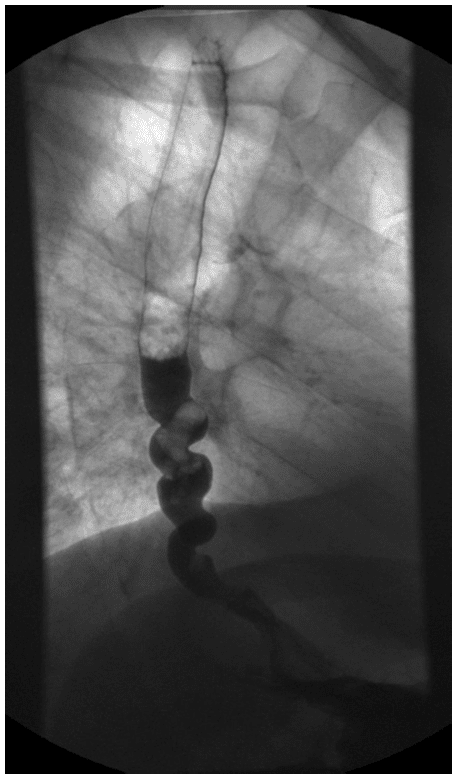
The BMJ article also calls this “nutcracker oesophagus” named due to the intense pressure the oesophagus can produce, likened to the ability to crack a nutshell. Nutcracker oesophagus is diagnosed on manometry studies and not barium swallow, hence this image just represents oesophageal dysmotility.
Other answers the FFFF judges would have accepted for anatomical corkscrews would have included a midgut volvulus or a corkscrew cochlea (for a very tiny bottle of wine).
…and Finally
Explore the Previous XMAS editions…072 – 131 – 170 – 219 – 264 – 302 – 330 …
If you have not yet checked out the latest Sixth Sense educational series on LITFL, they are both very worthy of your time
- Comms Lab: The path to highly effective communication skills with Hayden Richards
- Mindfulness and the Emergency Healthcare Professional with Andrew Dean

FFFF
Funtabulously Frivolous Friday Five
Dr Neil Long BMBS FACEM FRCEM FRCPC. Emergency Physician at Kelowna hospital, British Columbia. Loves the misery of alpine climbing and working in austere environments (namely tertiary trauma centres). Supporter of FOAMed, lifelong education and trying to find that elusive peak performance.

